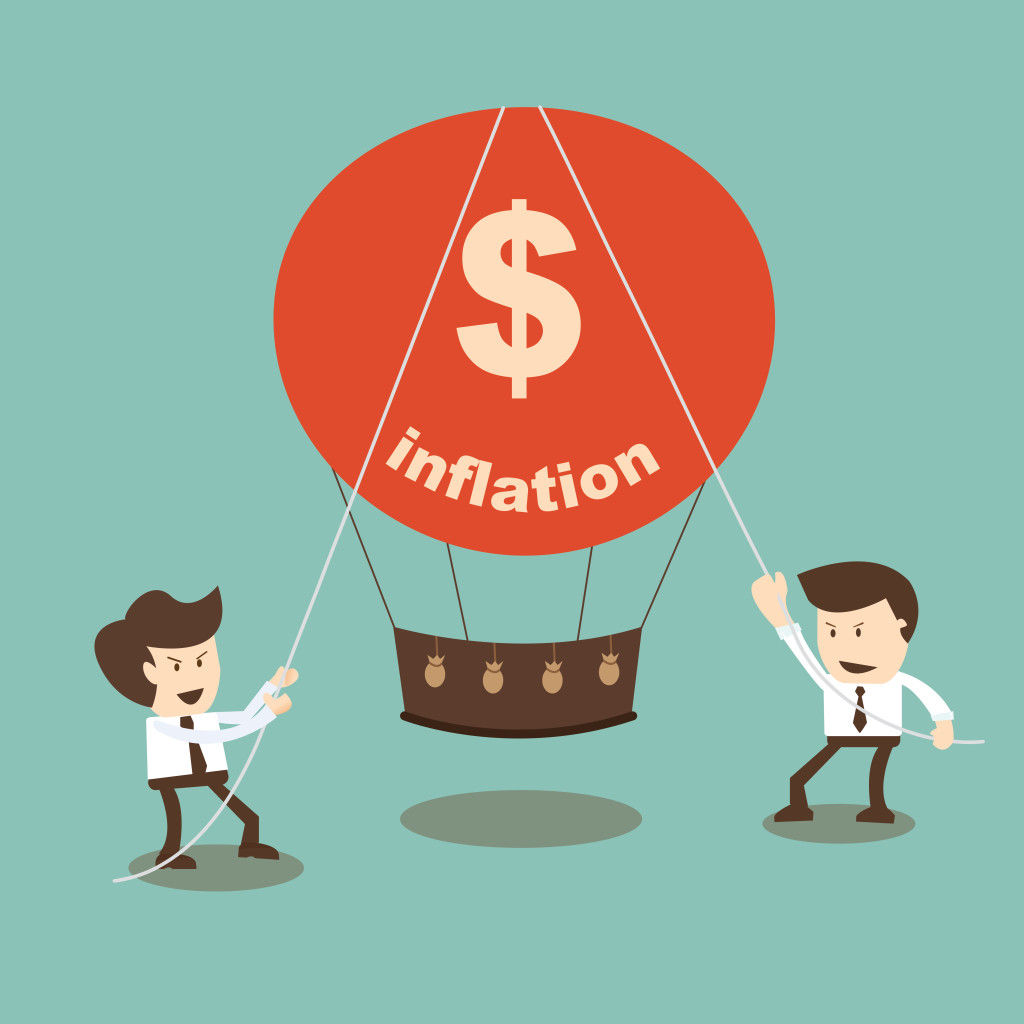You may have heard the saying “growth begets growth” or other similar statements regarding socioeconomic and national development. There is a lot of truth to this statement, which will be deconstructed in this article. The popular understanding of rich nations getting richer, while poor ones get poorer over the years is one way to interpret the saying. However, this does not imply that the growth cycle can never be reversed!
In a local context, at the national level, one can often identify certain geographical areas that initially attracted investments, which then continued to attract more investments over time. What might have originally been a coincidence eventually becomes a conscious choice for investment. This holds true for all urban areas in developing nations, as compared to their rural counterparts.
Urban areas become the default choice for investments because larger investments attract government intervention, creating demand for infrastructure, employment, more robust political institutions, and new consumer and input markets.
This, in turn, initiates a cycle where investments are further attracted to such areas, leading to higher growth.
What Does This Cycle Tell Us About The Nature Of Growth?
Gunnar Myrdal, a Swedish economist and Nobel laureate, made an interesting observation on the nature of growth in his circular causation theory. The roots of this concept go back over 100 years, but it gained popularity as a result of field observations that Myrdal applied in his book An American Dilemma: The Negro Problem and Modern Democracy.
In it, he studied racial history and its damaging effects on American society through the theoretical lens of the circular and cumulative causation theory.

The circular cumulative causation theory (CCC) states that growth is both circular and cumulative. Economic systems involve heterogeneous agents that are causally connected. Interactions between these agents reinforce initial changes, whether positive or negative. This creates a causal path, where each interaction is a reaction to another. For example, additional government investment in the economy attracts labor, increases income, bolsters demand, and aids tax collection.
These investments can then attract private investments. This cycle continues until there is some shock in the form of a recession or external threat.
The above example demonstrates a positive impact on investments in the economy. Similarly, there exists the vicious cycle of poverty, which highlights the negative cycle that hampers economic growth. Economist Ragnar Nurkse introduced this model in 1953 in his book “Problems of Capital Formation in Underdeveloped Countries”.
He identifies a pattern, as shown below, which details how lower incomes continually decrease output levels in the economy on both the demand and supply side, affecting the level of savings and investments in the economy.
Basically, every action has an equal reaction that may or may not be favorable. Every action unleashes a chain of reactions due to the interaction between complex variables in the system, which is what the circular and cumulative causation theory highlights. This makes it imperative for economists to avoid the pitfall of attributing the growth to any one variable, and instead work to understand the multi-causal relationships between variables in the system.
Growth therefore follows a cyclical pattern that is monitored through business cycles. An economy always goes through phases based on its agents’ reactions. By economic agents, we mean actors such as households, businesses, and governments, along with their decisions primarily pertaining to investments and savings. This is also where central banks and governments can intervene and boost the economic environment whenever the economy is facing a slump, or else the cycle of doom will continue.
Also Read: How Do Economists Predict An Upcoming Recession?
Is The Nature Of Growth Always Unequal?
There is and always will be a vital political element in developing any economic theory, since the economic agents are, after all, humans who exercise choice, whether personally or in their official capacity. Others can always contest such decisions, as critical evaluation often highlights opportunistic tendencies by agents in their official capacity (politicians, for example). This is precisely why an investment choice can be contested for hours on any news channel, as it caters to the ‘best interests’ of the network presenting that news!

Growth is a complex problem that cannot be fixed by simply increasing economic investments. While raising investments is critical to kickstart this cycle, the challenge is to sustain moderate growth over extended time periods. An act of investment by the government, on the one hand, bolsters income and demand in the economy, but at the same time, that government intervention can be seen as a signal of distressing times to come that may require government assistance.
The focus of growth is never to completely redistribute incomes and equalize per capita income across nations. This is an impossible task and must never be the objective, as it can never happen. Therefore, inequality will prevail. One must not overlook the fact that inequality also acts as an incentive for economic agents to innovate and grow.
Additionally, changes are conditioned in the political and social economy. These changes often take time to wear off or settle in place.
Also Read: How Does Your Social Class Influence Your Understanding Of Economics?
How Does The State Play A Critical Role In Kickstarting The Growth Cycle?
While this theory does reinforce popular notions that the rich get richer and vice versa, it is not meant to discourage growth for any poor country. Countries must be conscious of the power they possess to bring themselves out of backward conditions.
While the starting point of countries will vary depending on their resource constraints, the old adage remains true; what matters is how you choose to make the most of what you have. Plenty of economic literature published since World War II looks at institutions in developing countries. Knowing that growth has divergent characteristics, decisions must be made with this in mind, along with the historical conditions of the society, which can prove to be an obstacle to development. Understanding this would help establish and sustain behaviors that reinforce change in society.

Investments are always the product of conscious policy choices by the state and its current circumstances. The government’s decision will kickstart or break the vicious cycle. The government’s intervention would be the external force that helps break pre-existing patterns in extremely backward regions. This is primarily because governments focus on maximizing social welfare and can take low returns on investments, at least in the initial years of any project in which they invest. This would be an unwieldy burden for private entities, due to their resource constraints and their motive to maximize profits.
Also Read: Is Economic Growth A Prerequisite For Development?
How well do you understand the article above!

References (click to expand)
- Gunnar Myrdal – Prize Lecture - NobelPrize.org. Alfred Nobel
- PA O'Hara. (2008) Principle of Circular and Cumulative Causation. JSTOR
- P Streeten. (1990) Gunnar Myrdal. Elsevier
- Myrdal G. (1971). Economic Theory and Underdeveloped Regions. Harper & Row
- Myrdal G. (1996). An American Dilemma, Volume 1: The Negro Problem and Modern Democracy. Transaction Publishers
- The Foundations of Non-Equilibrium Economics. WordPress.com
